In this series, we let agave spirits luminaries tell their own stories. Here Mike Moreno talks about growing up in an iconic Chicago liquor store, his other biggest influences, and what he’s excited about right now.
Mike Moreno was born and raised in the industry, and today he runs three businesses where agave spirits play a major role. Moreno’s Liquors is much more than a store–it’s a family legacy and Chicago institution. Osito’s Tap is a center for culture and education, in addition to being a great place to grab a drink and a bite. And MM Imports focuses on curating a diverse portfolio of spirits based on his expertise. Moreno is a focused entrepreneurial powerhouse, and has been recognized for two consecutive years as one of the top 100 CEOs in Chicago by Titan100. As a young leader in the industry, he is cultivating respect and appreciation for the time, effort, skill, and people behind the agave spirits that we all enjoy.
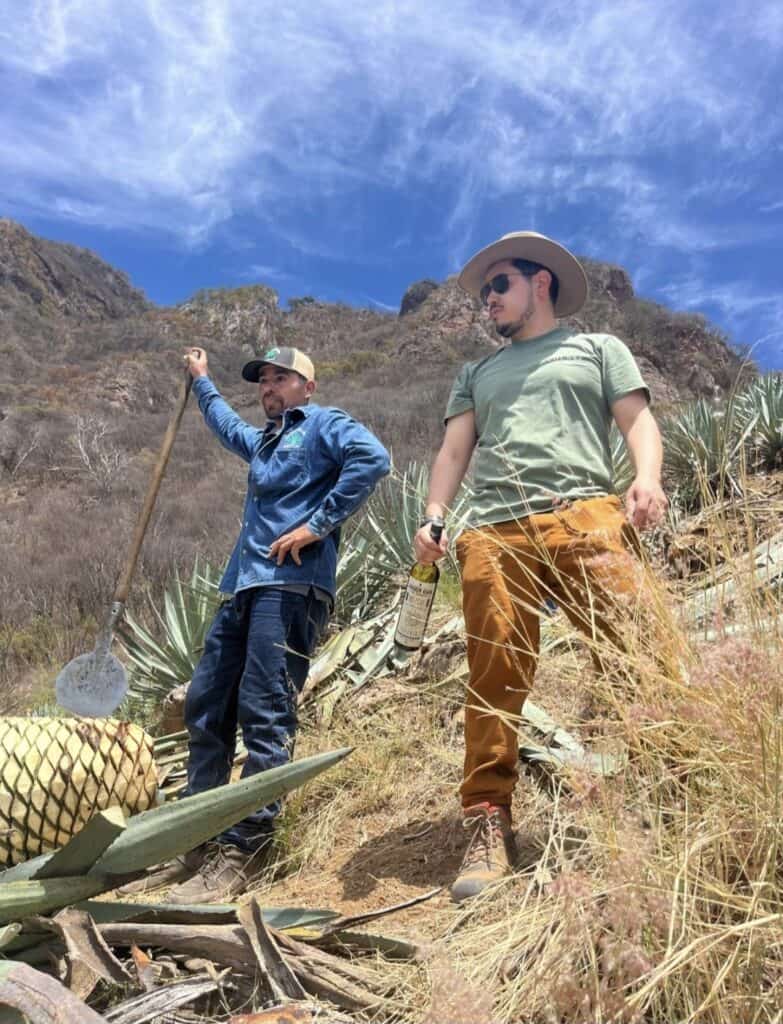
Where did you grow up?
I grew up on the south side of Chicago in the next neighborhood over from where my store is. I live on the south side now, but not the same neighborhood.
What was your first job?
I was raised in the industry–I spent my entire childhood working at the store. I started off as a stock boy and then slowly worked my way up. But technically, my first job was my first business: a lemonade stand. I’ve always been an entrepreneur! I was maybe 10 years old and I wanted to sell lemonade, and Country Time gifted me a lemonade stand and in return asked that I only sell Country Time lemonade. I remember asking my parents, How much is lemonade? and they said 50 cents. At that time I didn’t know about inflation per se, but I said, That’s how much it was when you were kids–now it’s a dollar. Business was good; I was making 100 dollars a day, and I hired two kids to work for me holding signs that pointed to my lemonade stand, and then I started selling chips and other things to maximize profits. Since I was a little kid, I’ve been figuring out how to make money. It runs in my blood I guess.
What’s the history of Moreno’s Liquors?
Moreno’s Liquors was opened in 1977. My father opened up the business with the idea of catering to the Latino community, which at the time was predominantly Mexican. He saw a gap in the industry and noticed nobody was selling liquor to the Latino market. We are proud to state that we were the first Latino liquor store to open in the state. When my father opened up the store, the first day he made 5 cents selling a pack of bubblegum, and by the end of the week he sold an entire trailer load of Cazadores tequila. We grew quickly.
Where and what did you study?
I studied business management and entrepreneurial studies, and minored in finance at DePaul University. I went to the University of San Luis in Madrid to study international business as well.
I always had the intention of being in the liquor industry. I had already been grooming myself to take over the store eventually, but I wanted to explore and see what was out there for me, and so I moved to Spain. I was considering opening up a business in Spain, (which ended up being what I own now with MM imports). My goal was to start importing tequilas and agave spirits into Europe, but at the time Spain was dealing with a recession. It was hard to find work and it didn’t make sense. But Spain allowed me to find myself and figure out what I really wanted out of life. When I moved back to Chicago, I was ready to start working in the store.
What is your involvement with agave now?
Moreno’s Liquors, Ositos Tap, and MM Imports are the three businesses I run currently. I’m always running around; I work seven days a week. Agave spirits are incredibly significant within these businesses. I go down to Jalisco and Oaxaca at least twice a year, sometimes up to five times a year. I’m constantly working with various distilleries and various projects with tequila or mezcal, and continuously educating myself. The education never stops. I’m very involved and constantly trying to learn more, checking out distilleries and working on small batches. I’ve done a lot of specialty batches for my store, worked on specialty batches for companies, and done consulting for various brands on labeling and flavor profiles.
What was your introduction to mezcal?
I think it was my father that introduced me, unintentionally or maybe intentionally. I don’t remember how old I was; I was probably a senior in high school or the beginning of college. My father was always teaching me to drink with respect. He would give me little sips of spirits and tell me about it. I remember one day he gave me something and it tasted horrendous to me, like a smelly foot in a boot. It was mezcal.
I started going to Big Star, which at the time was focused on agave spirits. I would go by myself, riding my bike there, and force myself to drink mezcal. There were not a lot of brands available. It was mostly Del Maguey, and that’s the mezcal that got me into it. I do feel that those first batches of Del Maguey that were coming out were a lot smokier than they are now, but maybe it’s my palate that has changed. The reason I was able to start appreciating it was thanks to my father being into scotch, so I was drinking peated scotches with him. I wanted to learn more and started getting into mezcal. I quickly fell in love with it and realized how much more complex it was than anything else in the world, and developed a really deep love of agave spirits because of that.
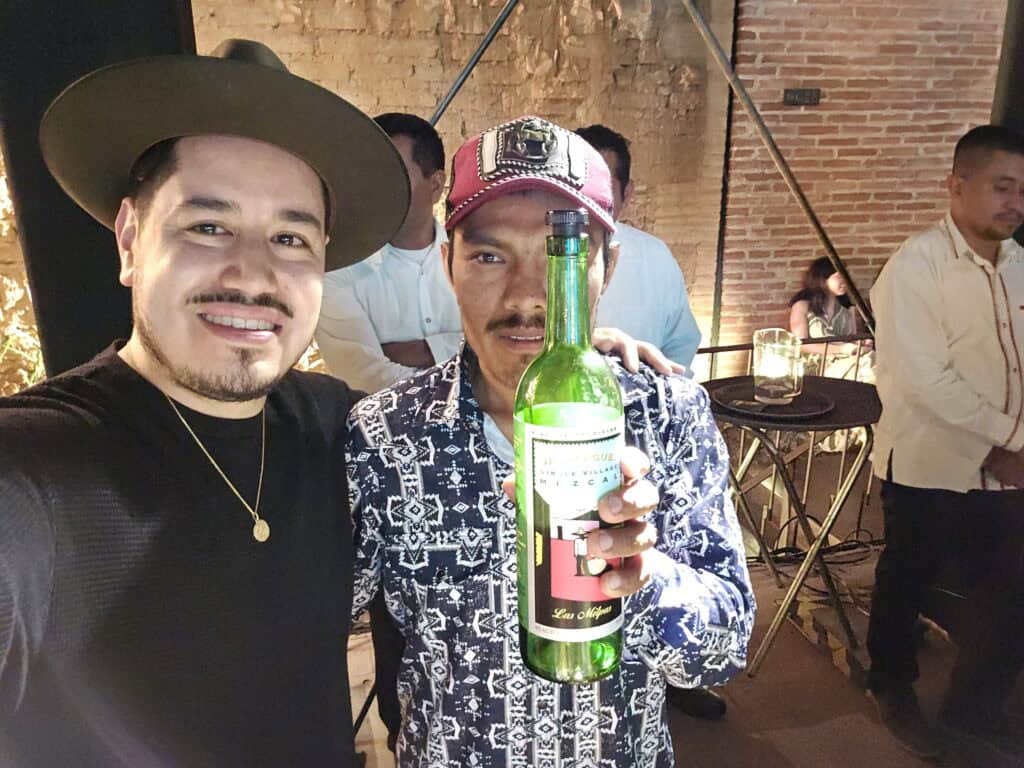
Who has been most influential on your mezcal journey?
There are so many people that I’ve met over the years. One standout is Asis Cortes, without a doubt. He was the first major mezcalero that I met. I met him back in 2015 or 2016, and he was teaching me about the respect behind mezcal and dixeebe and I fell in love with it.
Graciela from Real Minero is another person. I had never met her, but we knew of each other, and she invited me and my father down for their 100th anniversary where she had invited exactly 100 people. She stood there and before she allowed anyone to eat, she introduced every single person in the room and how she knew them. It meant so much to be invited and a tremendous amount to be acknowledged in this way by her. I learned a lot about cultivation from talking with her about her efforts of preserving agaves. I learned a lot about the traditional ancestral style of making mezcal with clay distillation.
Without a doubt, Asis and Graciela are some of the most influential people in the agave world to date, not even just for me. They are pivotal people in the mezcal movement and the knowledge they share changed everything. We wouldn’t be where we are today in the mezcal movement without them.
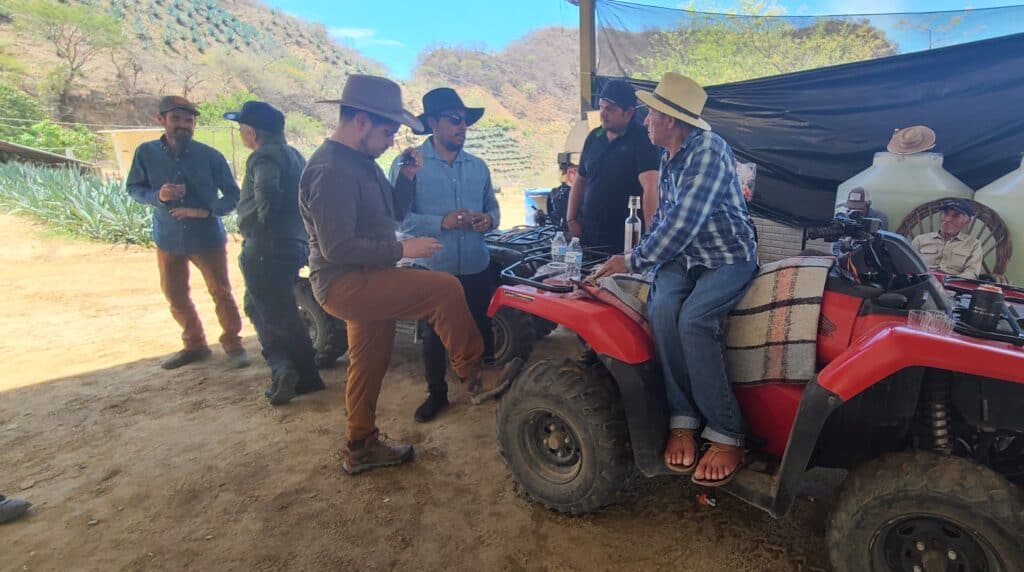
Any favorite lessons you’ve learned from mezcal producing communities?
For me one of the most important lessons is understanding and respecting what you drink. A lot of people don’t realize how much time and effort it takes to get that agave spirit to you. We’re talking about sometimes upward of 30 years just to grow the agave, and then foraging for them, and the process of fermentation and distillation…There’s so much that goes into it. Then you have to get that mezcal on a truck, sometimes in the mountains six hours away from a major city, and then ship it. So much goes into creating the wonderful bottles we have, and we need to respect that and work as much as possible on education. Unfortunately, I feel like it is a little too late for some agaves and we will see some varieties disappear, never to exist again, because we’re not showing the respect to the land. We have to respect the agave, what we’re drinking, the people that live there, the animals… We need to understand that it’s an ecosystem that we need to work together on to keep the movement going.
What’s on the horizon? What are you excited about?
Our 50th anniversary is incredibly exciting and important to us. 50 years is a long time and we have a lot planned for it, including big collaborations and some special releases. It is a chance to do fun partnerships, educational seminars, and continue the legacy that we’ve always strived to have for our community here and in Mexico.
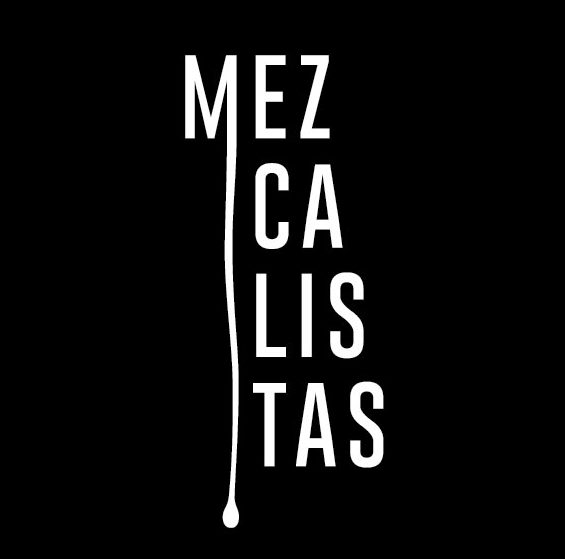
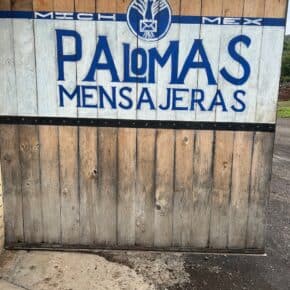
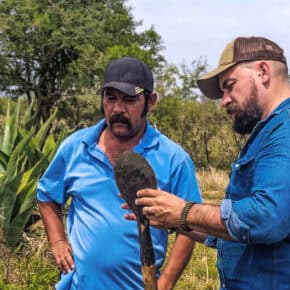
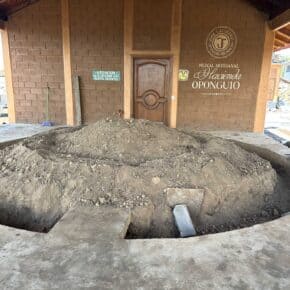
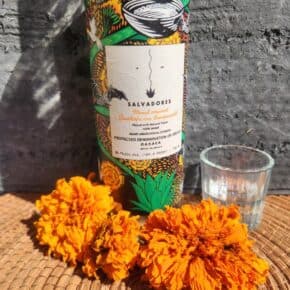
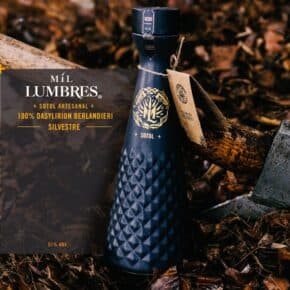
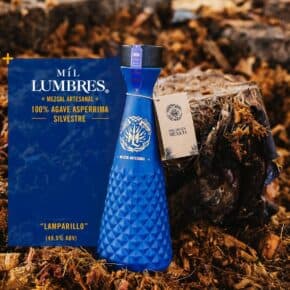
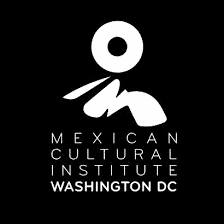
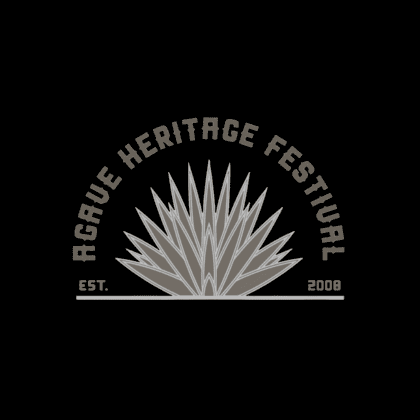



Leave a Comment